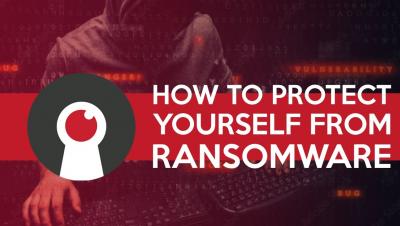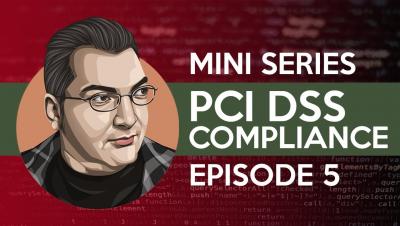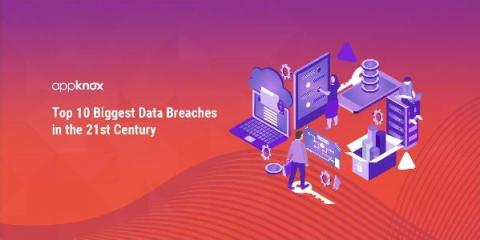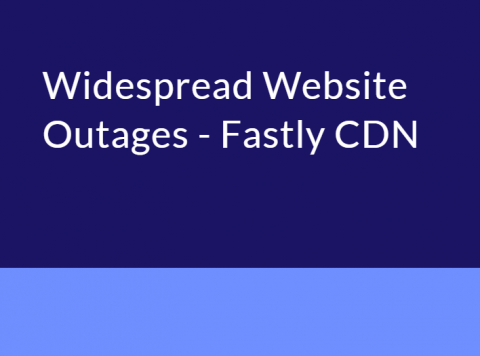Security | Threat Detection | Cyberattacks | DevSecOps | Compliance
Security
How to achieve MISRA and AUTOSAR coding compliance
Get practical steps for MISRA and AUTOSAR compliance to improve code quality, safety, and security in automotive software. Recent advancements in the automotive industry include the development of autonomous driving systems, connectivity units, and digital cockpits and infotainment systems that improve the user experience.
Detecting Password Spraying Attacks: Threat Research Release May 2021
The Splunk Threat Research team recently developed a new analytic story to help security operations center (SOC) analysts detect adversaries executing password spraying attacks against Active Directory environments. In this blog, we’ll walk you through this analytic story, demonstrate how we can simulate these attacks using PurpleSharp, collect and analyze the Windows event logs, and highlight a few detections from the May 2021 releases.
What Is the Principle of Least Privilege?
As you go about the work of managing your IT environment, it’s likely that you already apply the Principle of Least Privilege (POLP, also known as “least privilege access”) — probably without giving this important concept a second thought. After all, not every employee in your company has admin rights on your website, or access to your financial accounts.
How to Protect Yourself From Ransomware
The PCI DSS Series - Beginning at the End
Are fraudsters using automation to execute mass cyber-attacks?
As our digital world turns toward advances in automated technology to increase efficiency and productivity, cybercriminals are also learning how to execute mass automated cyber-attacks. According to the 2021 AT&T Cybersecurity Insights Report, most people are concerned about the security of various applications and 52% believe that these threats challenge the integrity of networks.
Top 10 Biggest Data Breaches in the 21st Century
A data breach is defined as the unauthorized access to sensitive information about a person – whether it's their personal, financial information, passwords, credit card numbers, social security number, and other sensitive information. It is one of the most costly and damaging issues that can plague any person and company. Unfortunately, it has become a far too common occurrence these days as hackers constantly find ways to break even the most complicated security measures.
Widespread Website Outages - Fastly CDN
Data Warehouse vs Data Lake - Which Is Best?
While both data warehouses and lakes are big data storage solutions, they are useful in distinctly different situations. Data warehouses store structured data that can be accessed and interpreted by anyone with permission to do so, whereas a data lake is an unstructured storage space for large quantities of raw data. Data lakes store big data in its raw form, with minimal structure and few controls over what data is included or excluded from the storage space.











